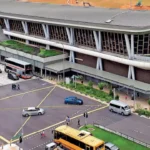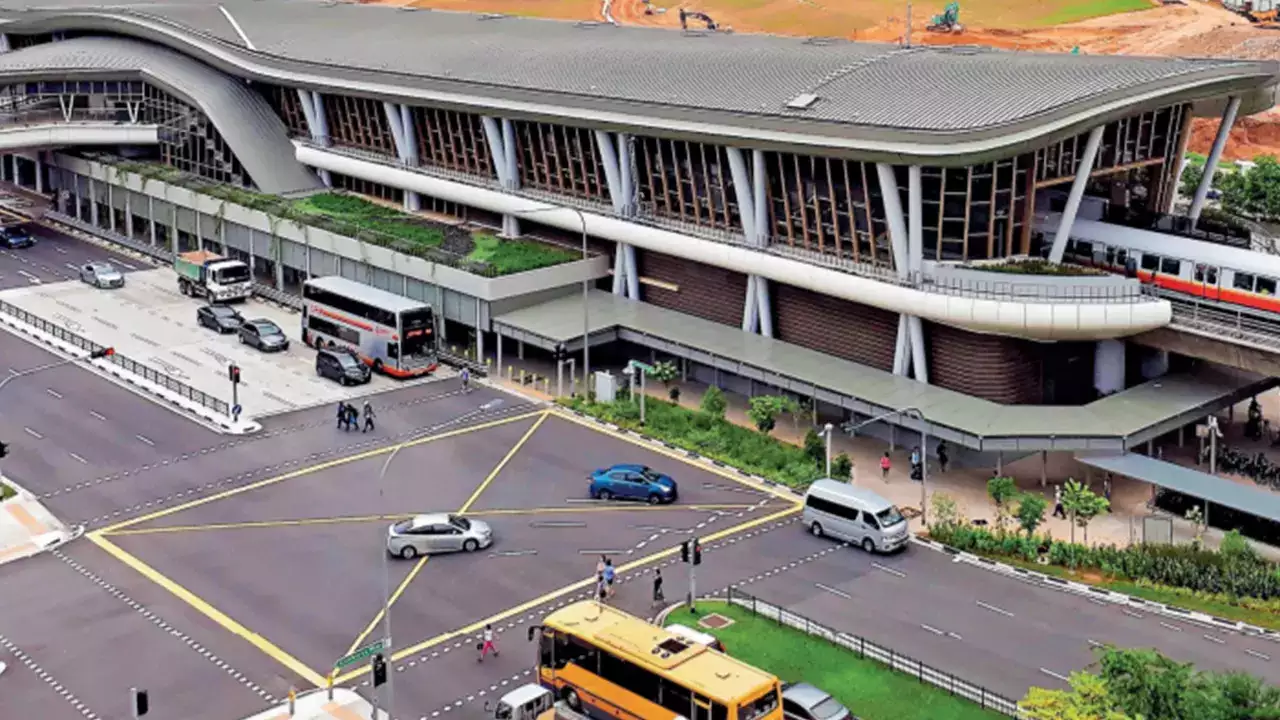Public transportation plays a significant role in determining the value of residential properties. In a growing city like Chennai, the presence of well-connected transport networks can make a noticeable difference in real estate prices. Accessibility, convenience, and commuting time are some of the critical factors that homebuyers and investors consider before choosing a property.
Accessibility and Connectivity
The value of flats is often influenced by their proximity to major transportation hubs. Areas well-served by metro stations, suburban trains, and bus terminals tend to attract more interest from buyers. Chennai’s metro network has expanded significantly, improving access to different parts of the city. Properties located near metro stations often see a steady demand due to the ease of commuting they offer.
Similarly, the availability of suburban train services enhances property appeal. Many working professionals prefer to reside near railway stations to reduce travel time to their workplaces. Bus networks also contribute to property value, as they provide last-mile connectivity to areas not directly served by trains or the metro.
Impact on Property Prices
Flats located near major transit points generally command higher prices. Buyers are willing to pay more for properties that offer shorter travel times to business districts, educational institutions, and commercial hubs. The convenience of a well-developed transportation system can make certain locations more desirable, leading to increased property appreciation over time.
On the other hand, areas lacking efficient public transport may experience slower growth in property prices. Residents in such locations often face longer commutes, higher fuel costs, and limited connectivity, making these properties less attractive in comparison.
Rental Demand and Investment Potential
Public transportation also plays a key role in shaping rental demand. Tenants often look for flats that allow them to commute easily to their workplaces or educational institutions. Flats in Chennai that are near metro stations, railway stations, or major bus stops tend to have higher occupancy rates and stable rental yields.
Investors consider these factors while evaluating rental income potential. A well-connected location can lead to consistent demand from working professionals, students, and families, making it a preferred choice for property investment. In contrast, properties located far from transit options may struggle to attract tenants, leading to longer vacancy periods.
Influence on Infrastructure Development
The presence of strong public transportation networks often leads to further infrastructure development. Roads, commercial establishments, and social amenities tend to grow around well-connected areas. As a result, these localities become more self-sufficient, increasing their attractiveness to homebuyers and investors alike.
For instance, areas that see metro expansions often experience a surge in commercial activity. Shopping centers, office spaces, and entertainment facilities develop around transit hubs, further driving up real estate demand. Improved infrastructure also enhances the overall living experience, making such locations more appealing for long-term residence.
Noise and Congestion Concerns
While proximity to transportation hubs offers convenience, it can also bring challenges. Flats near busy railway stations or bus terminals may experience higher noise levels and congestion. This factor can affect buyer preferences, with some individuals opting for properties a little further away to balance accessibility with a quieter living environment.
Additionally, increased traffic in well-connected areas can contribute to higher pollution levels. While this may not significantly impact demand, it remains a consideration for some buyers looking for a healthier and quieter living space.
Future Developments and Long-Term Value
Chennai continues to expand its public transportation infrastructure, with ongoing metro and road network projects. These developments are expected to further influence real estate trends. Flats located near upcoming transit routes may see an increase in demand and value over time.
Buyers and investors who consider future transportation plans can make informed decisions when choosing properties. Locations that are set to benefit from new metro corridors or improved bus connectivity may experience price appreciation in the coming years.
Conclusion
Public transportation has a direct impact on the value of residential properties. Flats in Chennai that are well-connected through metro stations, suburban trains, and bus networks tend to attract higher demand and better returns on investment. While convenience and accessibility contribute to rising property values, factors such as noise and congestion also play a role in buyer preferences. As Chennai’s transport infrastructure continues to develop, its influence on real estate will remain a key consideration for homebuyers and investors alike.











